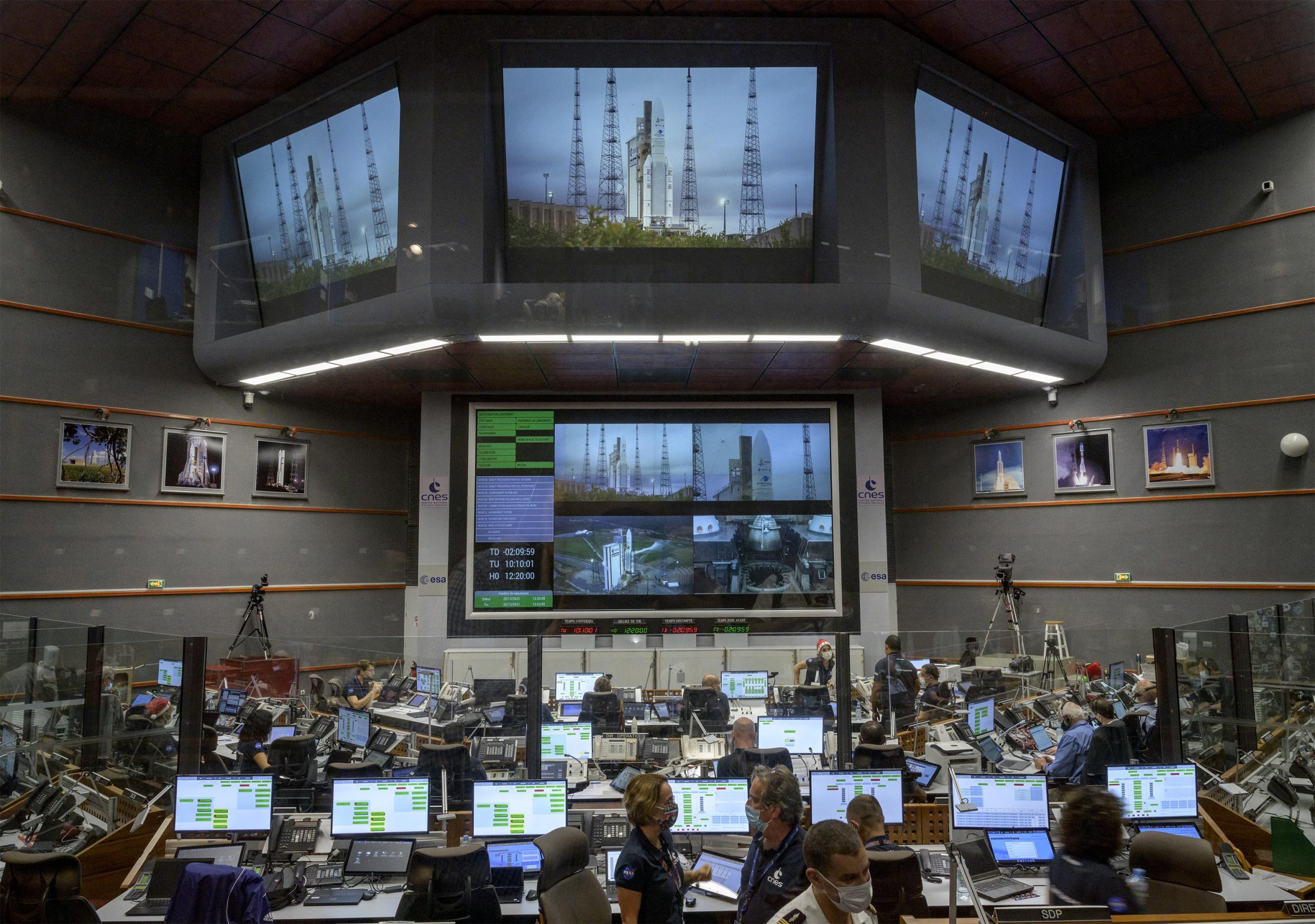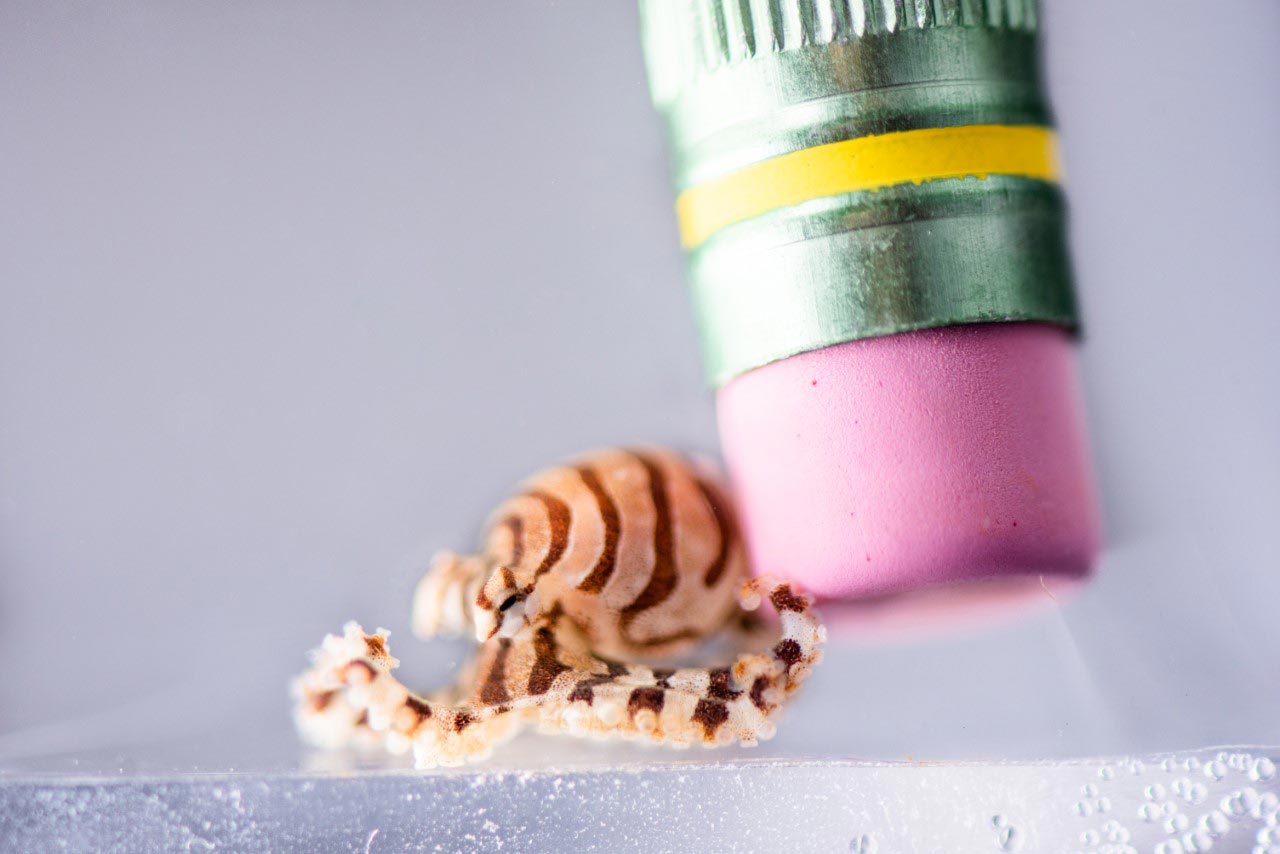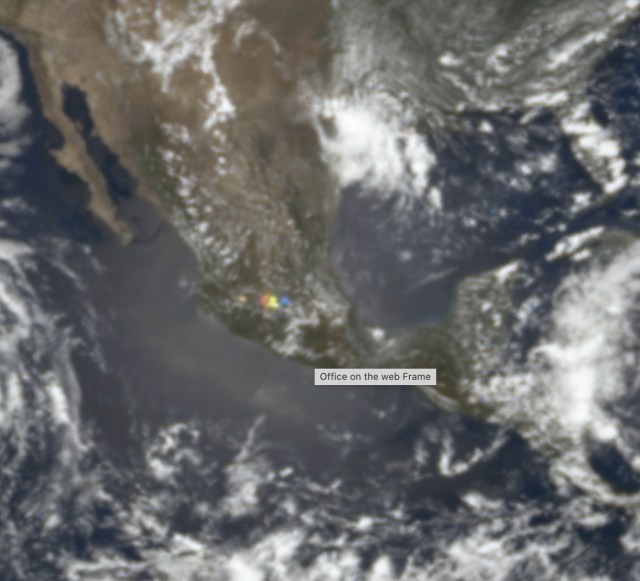The first major attempt to replicate striking evidence of the ‘cosmic dawn’—the appearance of the Universe’s first stars 180 million years after the Big Bang—has muddled the picture.
Four years after radio astronomers reported finding a signature of the cosmic dawn, radio astronomer Ravi Subrahmanyan and his collaborators describe how they floated an antenna on a reservoir along the Sharavati river, in the Indian state of Karnataka, in search of that signal. “When we looked for it, we did not find it,” says Subrahmanyan, who led the effort at the Raman Research Institute in Bengaluru, India. His team’s results appear today in Nature Astronomy.
The findings are “a very important landmark in the field”, says Anastasia Fialkov, a theoretical physicist at the University of Cambridge, UK. She and others had been unconvinced that the cosmic-dawn signals were real. The Raman team’s results are the first to put the claim to a serious test, she says—but she thinks that they don’t yet have the power to completely rule it out.
First detection
The original results caused a sensation in cosmology circles, because they were the first to claim to have discovered signatures of the cosmic dawn. Light from the most ancient stars in the observable Universe has had to travel for nearly 14 billion years to reach Earth—so far that it is too faint to view directly with ordinary telescopes. But radio astronomers have been looking for an indirect effect, using the spectrum of radio waves. Ultraviolet light from the first stars would have caused interstellar hydrogen, which is otherwise transparent across most of the electromagnetic spectrum, to be slightly opaque to a particular radio wavelength.
In 20182, astronomers reported seeing a dip in the primordial radio spectrum, centred at a frequency of about 78 megahertz—which the team took to be evidence of the cosmic dawn. The researchers used a coffee-table-shaped instrument in the Australian outback, called Experiment to Detect the Global Epoch of Reionization Signature (EDGES).
But the EDGES signal seemed to be too much of a good thing. The dip in the spectrum was deeper and wider than cosmological theories had predicted. To explain such a large imprint, theoretical physicists proposed a range of exotic mechanisms, such as the presence of previously unknown elementary particles with electric charges thousands of times smaller than an electron’s.
A number of other researchers raised concerns, emphasizing the difficulty of finding the cosmic-dawn radio signature. Radio waves from the early Universe are drowned out by a cacophony of noise produced by sources in the Galaxy, which are thousands of times louder. Looking for primordial signatures in the spectrum is comparable to trying to spot the silhouettes of trees on a mountaintop from many kilometres away, explains Saleem Zaroubi, an astrophysicist at the University of Groningen in the Netherlands.
To subtract the galactic spectrum correctly, researchers have to calculate with high precision how their instrument and the environment around it respond to various radio wavelengths, also known as the experiment’s systematics. The EDGES team went to great efforts to model the effects caused by the desert soil at the Murchison Radio-astronomy Observatory in Western Australia, for example, and spent two years double-checking the data before publishing them. But some scientists remained unconvinced.
New experiments
Since then, a number of competing experiments have been attempting to cross-check the EDGES findings. In an effort to escape the confounding presence of radio-frequency interference from human activities—and in particular from FM radio stations—teams have been setting up antennas in some of Earth’s most remote locales.
Subrahmanyan, who is now at the Commonwealth Scientific and Industrial Research Organisation (CSIRO) in Perth, Australia, took the unprecedented approach of going on water. He and his team went to lakes in India to float successive incarnations of their instrument, called Shaped Antenna Measurement of the Background Radio Spectrum (SARAS). SARAS had a conical shape intended to make its response to radio waves easy to calculate, and the water underneath meant that the team didn’t have to deal with the uncertain structure and radio properties of the terrain.
“I was impressed by the cleverness they applied in the design of the instrument,” says Lincoln Greenhill, a radio astronomer at the Harvard–Smithsonian Center for Astrophysics in Cambridge, Massachusetts.
The SARAS team initially experimented on high-altitude lakes, but the water was either too salty or not salty enough, which affected how it transmitted radio waves. Eventually, the researchers found a lake with just the right salinity closer to home. They took data with an antenna called SARAS 3, which they floated on a styrofoam raft in a reservoir along the Sharavati river, in March 2020.
Subrahmanyan says that the SARAS 3 results rule out the EDGES detection of a cosmic-dawn signature. “As far as we are concerned, it is not astrophysical,” he says. The cause of the dip observed by EDGES is possibly instrument error, the authors note in the paper. However, Subrahmanyan says it’s difficult to speculate about what kind of effect could have produced the 2018 result.
Not over yet
“We’re pleased to see SARAS 3 performing well and able to make measurements at the levels needed to search for spectral structures similar to those we found in EDGES observations,” says Judd Bowman, an astronomer at Arizona State University in Tempe who is the lead scientist for EDGES. But Bowman is not convinced that SARAS 3 has ruled out his team’s results. “These are challenging measurements, and many of the possible systematic issues that can affect EDGES may also occur for SARAS 3,” he says.
The SARAS team has not spoken the last word on the EDGES findings, says Cynthia Chiang, a radio astronomer at McGill University in Montreal, Canada. “Far from it,” she says. Chiang leads an experiment that’s attempting to detect the cosmic-dawn signature from Marion Island, off the coast of South Africa. She is also involved in an experiment in the Canadian Arctic and one that might be deployed in the Chilean Andes.
A number of other efforts are under way, and more are starting up. Subrahmanyan is starting a new experiment at CSIRO, and his former collaborator at Raman, the experimental cosmologist Saurabh Singh, will continue tests with a new SARAS antenna. Singh is also taking part in a proposal to the Indian Space Research Organisation for a spacecraft that could escape Earthly radio-frequency interference by conducting measurements while on the far side of the Moon. Whatever the ultimate destiny of the EDGES claim, Singh says the team behind it deserves credit for the renewed interest in the cosmic dawn. “It revived this research area,” he says.
This article is reproduced with permission and was first published on February 28 2022.
ABOUT THE AUTHOR(S)
Davide Castelvecchi is a staff reporter at Nature who has been obsessed with quantum spin for essentially his entire life. Follow him on Twitter @dcastelvecchi
Note: This article have been indexed to our site. We do not claim legitimacy, ownership or copyright of any of the content above. To see the article at original source Click Here













